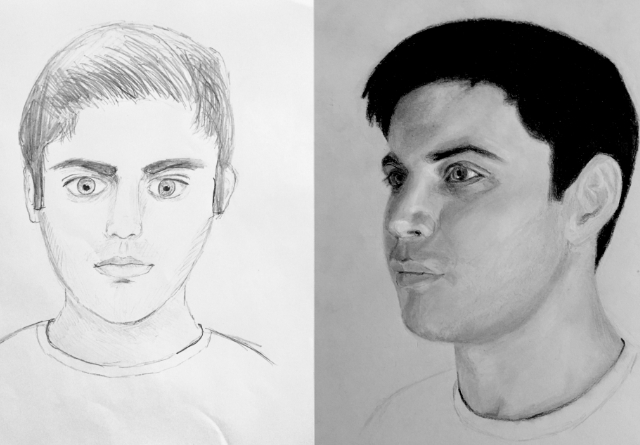Creating realistic portrait paintings requires skill, patience, and attention to detail. Let’s take a closer look at the process behind mastering this challenging art form.
Choosing the right reference photo
The first step in painting a realistic portrait is selecting a high-quality reference photo to work from. The photo should be well-lit, clear, and capture the essence of the subject’s personality.
Sketching the outline
Once a reference photo is chosen, the artist starts by sketching the outline of the portrait on the canvas. This initial sketch serves as a guide for the rest of the painting process.
Building layers of paint
To achieve a realistic likeness, the artist must carefully build layers of paint on the canvas. This involves mixing and blending various colors to create a lifelike skin tone and texture.
Capturing details
As the painting progresses, the artist focuses on capturing the intricate details of the subject’s features, such as wrinkles, hair, and eyes. This attention to detail is what brings the portrait to life.
Adding finishing touches
After the bulk of the painting is complete, the artist adds the finishing touches to enhance the realism of the portrait. This may include highlights, shadows, and other subtle adjustments to make the portrait truly lifelike.
Practice makes perfect
Mastering the art of realistic portrait painting takes time and practice. Each portrait completed helps the artist improve their skills and hone their technique, leading to even more realistic and captivating paintings in the future.
In conclusion, creating a realistic portrait requires a combination of talent, skill, and dedication. By following the process outlined above and putting in the necessary practice, artists can unveil the mastery of realistic portrait painting.



